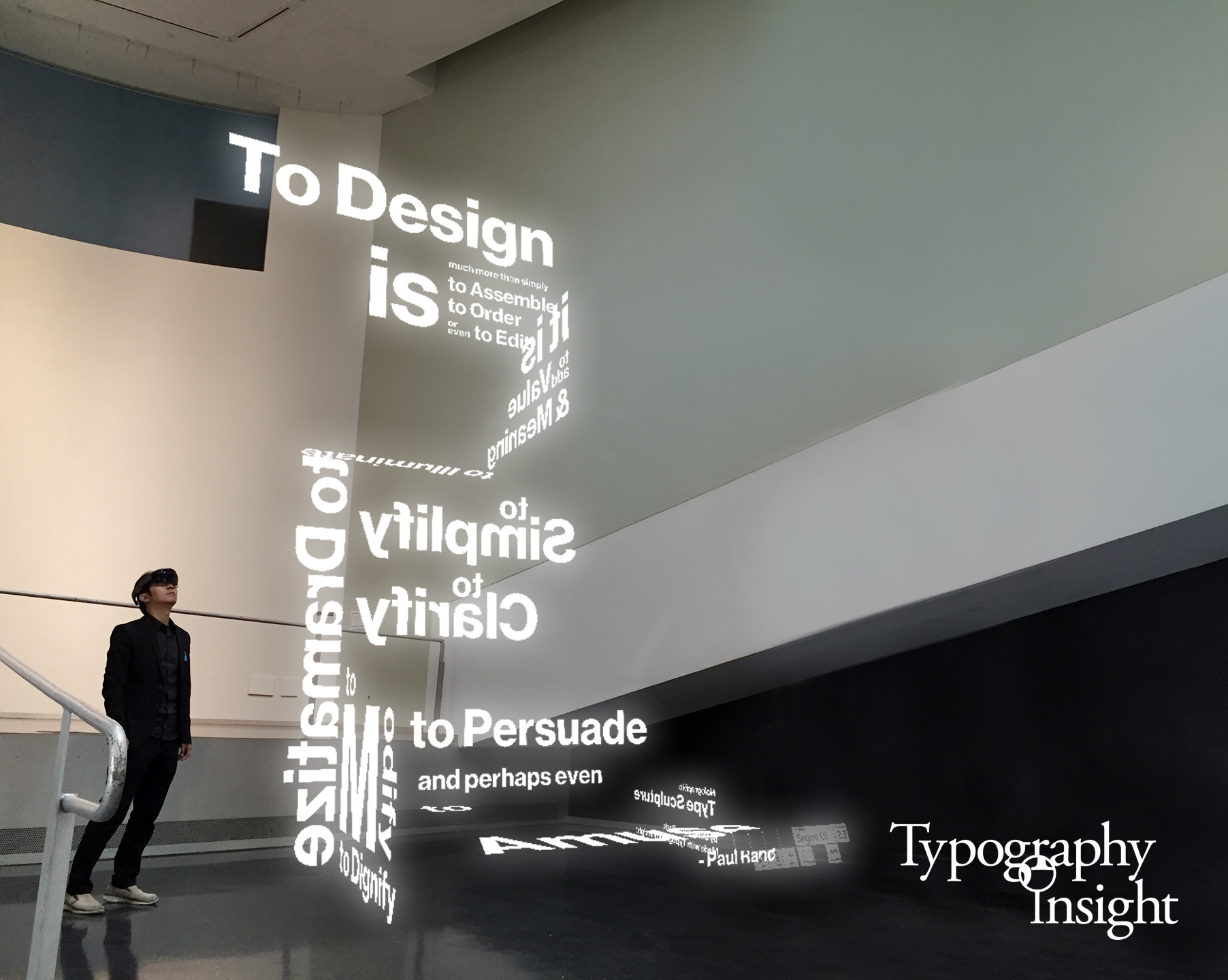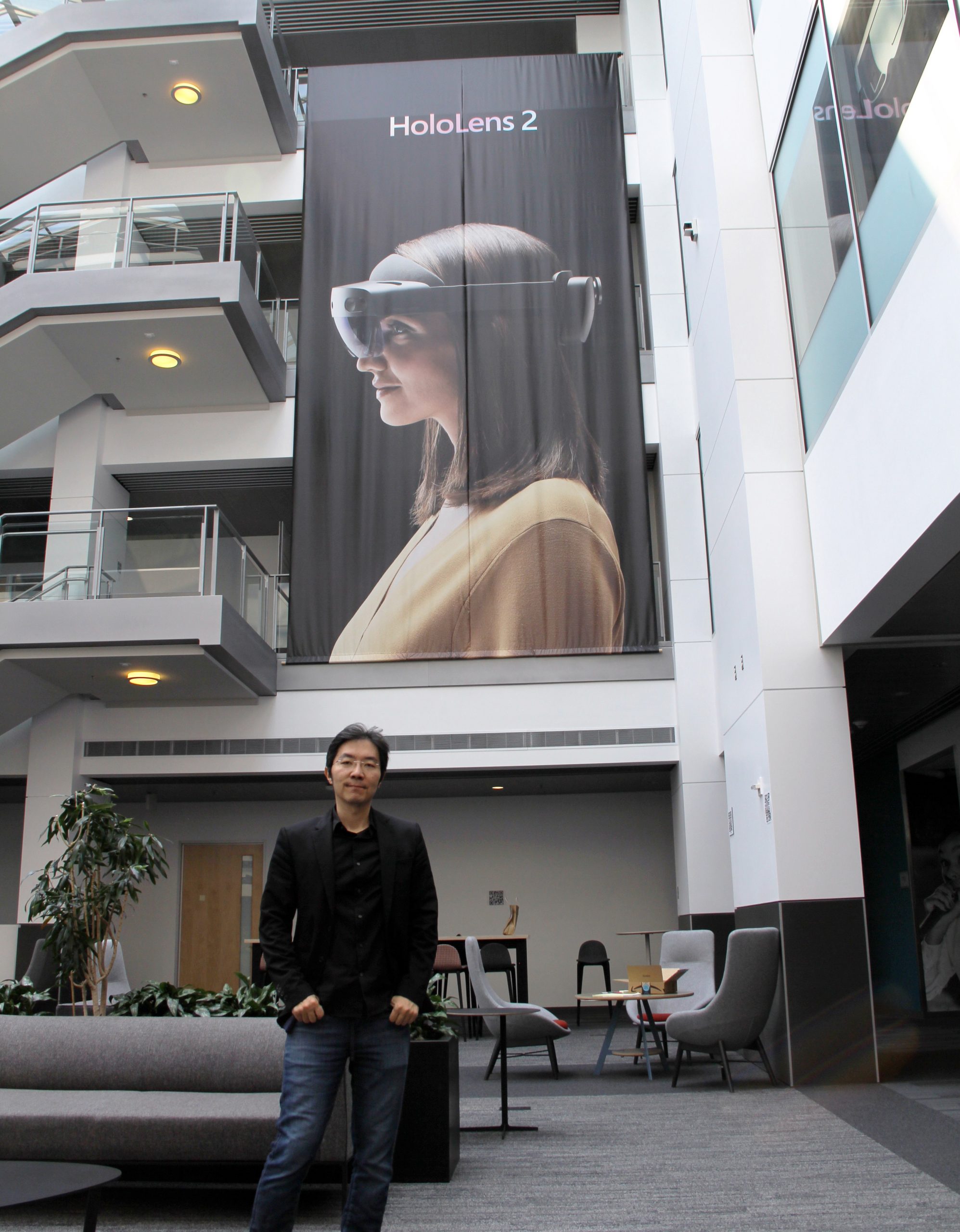An engineer with a passion for drawing manga, typography, and graphical user interface
I’ve always loved drawing — especially cartoon characters, buildings, and company logos. As a result, my textbooks were filled with sketches of Dragon Ball characters and IT company logos. I was particularly drawn to the logos of companies like Intel, AMD, and Silicon Graphics, captivated by their geometric forms and the beauty of their typefaces.
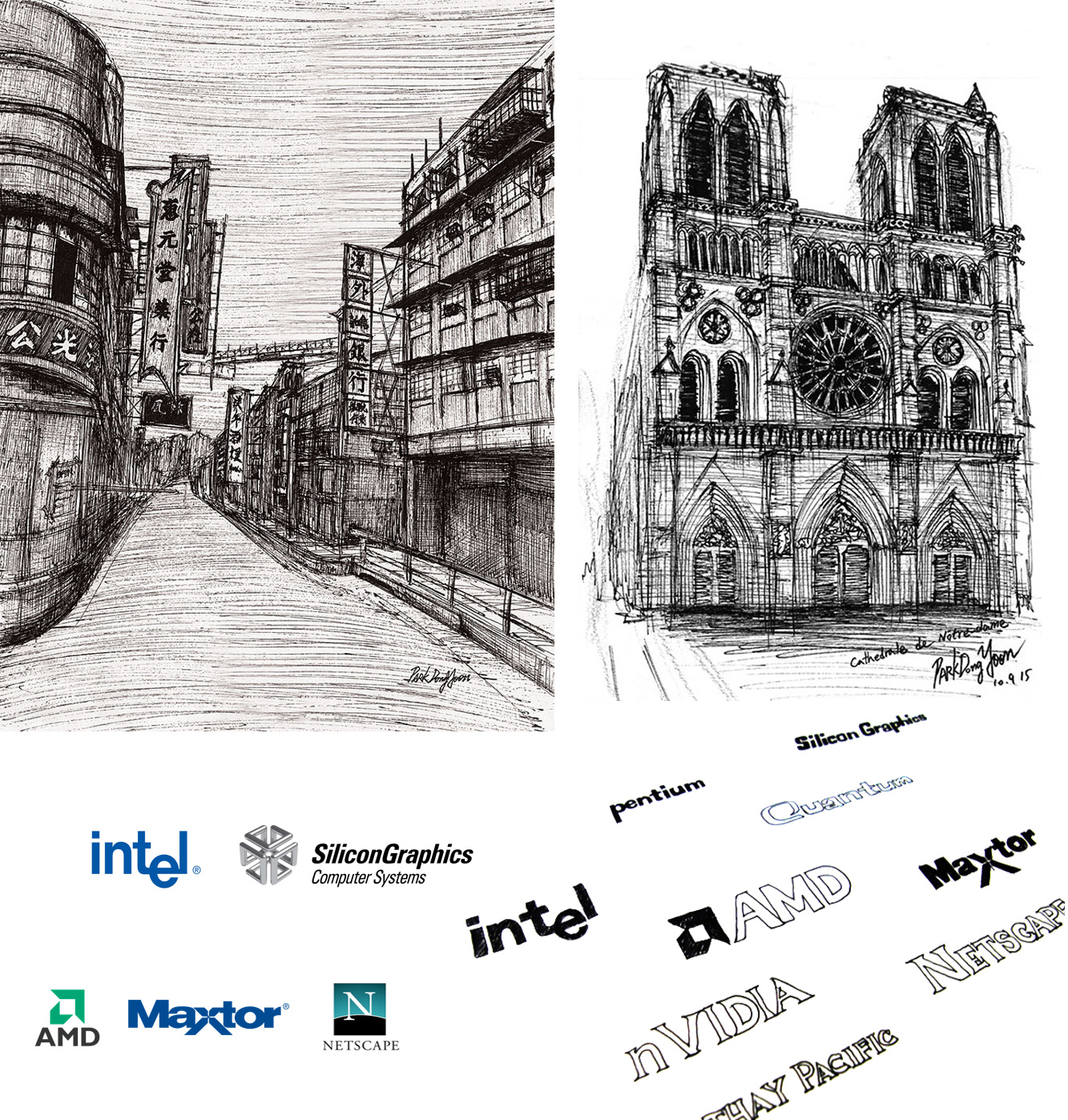
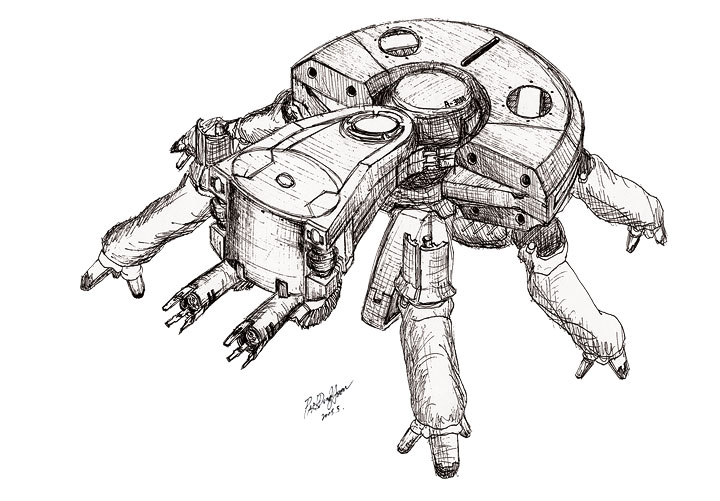
After a brief experience with Dr. Halo and Deluxe Paint on a 286 computer at a local computer shop, I became fascinated by the idea that I could draw using a computer. I was later shocked by the sense of 3D space a computer could create when I first encountered Doom by id Software on a 386 computer at my cousin’s house. That moment sparked my desire to study computer graphics.

My passion for design persisted even after I chose to major in engineering. While developing various web services at a dot-com startup, I found myself increasingly drawn to web design, paying extra attention to visual details and layout.
Later, as a software engineer at Samsung Electronics, I worked on mobile phone screens with a tiny resolution of just 176 × 220 pixels. Despite these constraints, I genuinely enjoyed designing graphical user interfaces that featured carefully crafted visual elements and typography. I actively took on GUI-related tasks, including designing internal development tools and creating simulators for new mobile phone models.
While I enjoyed programming products, I gradually realized that my true passion lay in visual design — the parts of a product that people directly see, touch, and experience — rather than the logic running behind the scenes.
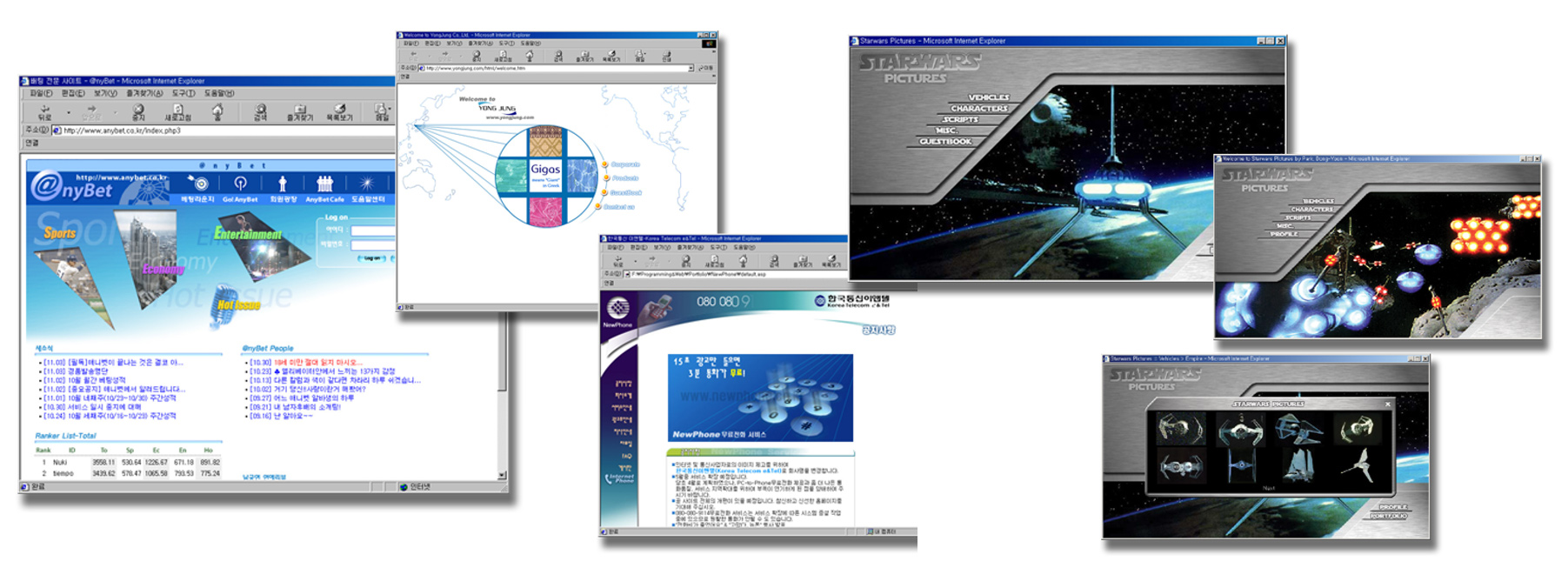
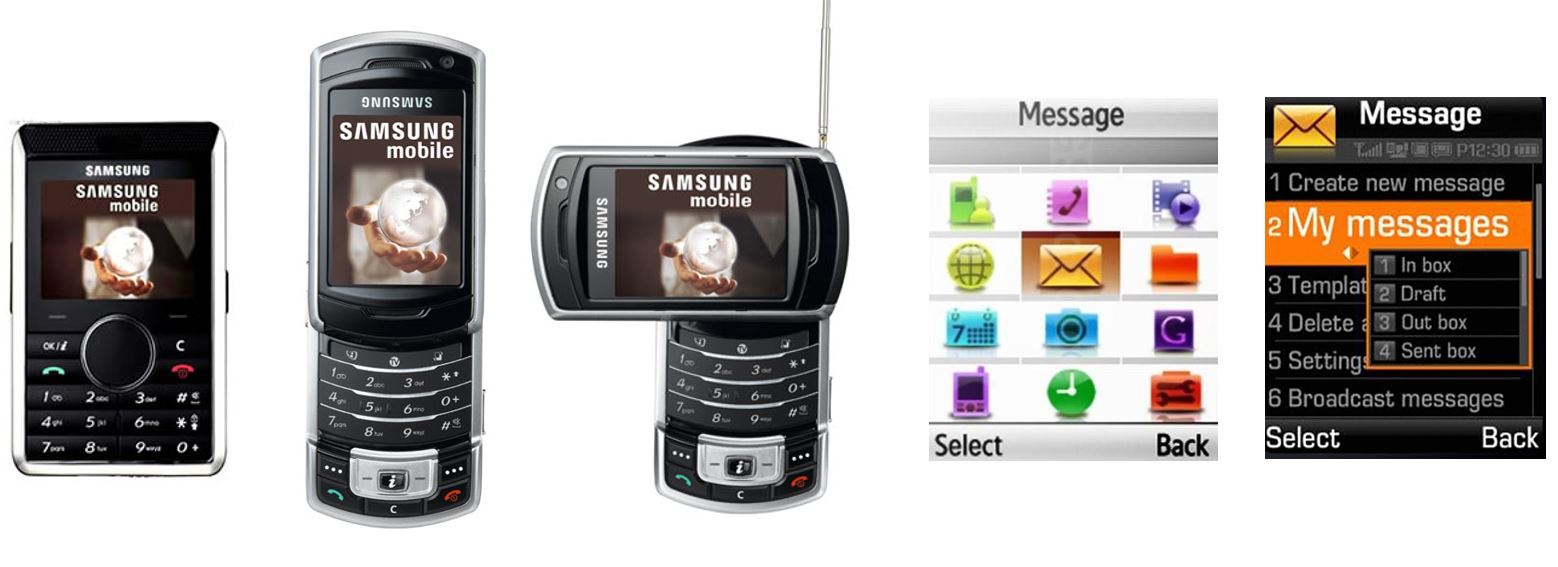
Design school, Graphic design, and Mobile Apps
Driven by this passion, I made the bold decision to return to school to study design. When I left my engineering job, I believed I would never code again. However, I soon realized that technology could be a powerful medium for bringing design ideas to life. Emerging technologies were beginning to empower art and design in new ways, and I wanted to be part of that movement.
To share my ideas with people around the world, I started learning Objective-C. My journey began with a simple clock app, HUE Clock, and expanded to designing and developing a variety of apps, including the experimental Twitter client Twit Knoll and Type Clock.
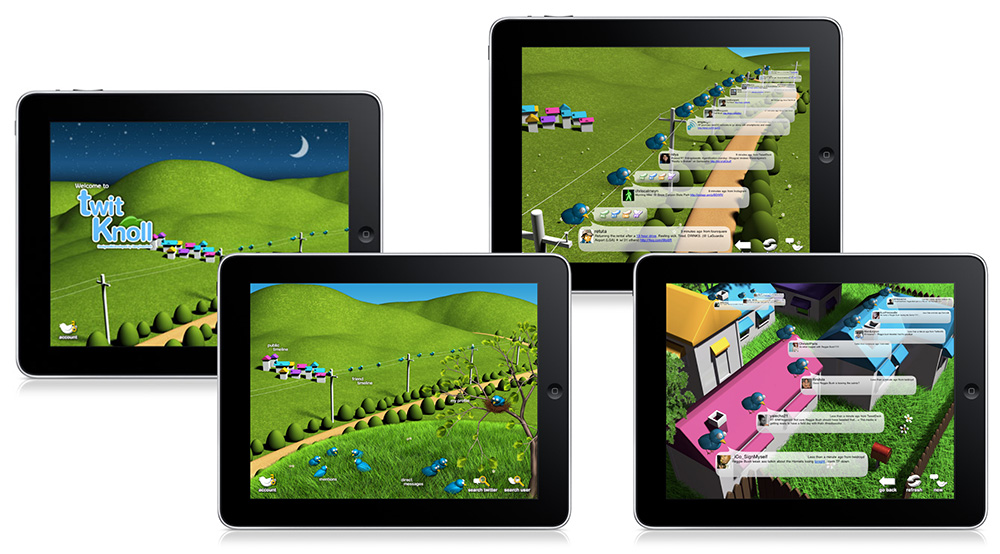
During my master’s studies at Parsons, I proposed, designed, and developed a brochure and lookbook app for the Parsons School of Design. With the support of the dean, the project became the official Parsons app.

Writing iPhone programming book to share my ‘Developer Experience’
After launching several apps, I wanted to share my Developer Experience with the developer and creator community. While many people attributed the iPhone’s success to its user experience (UX), I believed that a great Developer Experience (DX) was equally crucial in building its thriving app ecosystem.
Combining my interest in editorial design and information design, I wrote a book on iOS app design and development. I also designed the book myself using InDesign, creating a visually rich layout with practical example projects — intentionally different from traditional, text-heavy programming books. The book became the best-selling iOS programming book in Korea in both 2011 (1st edition) and 2012 (2nd edition).
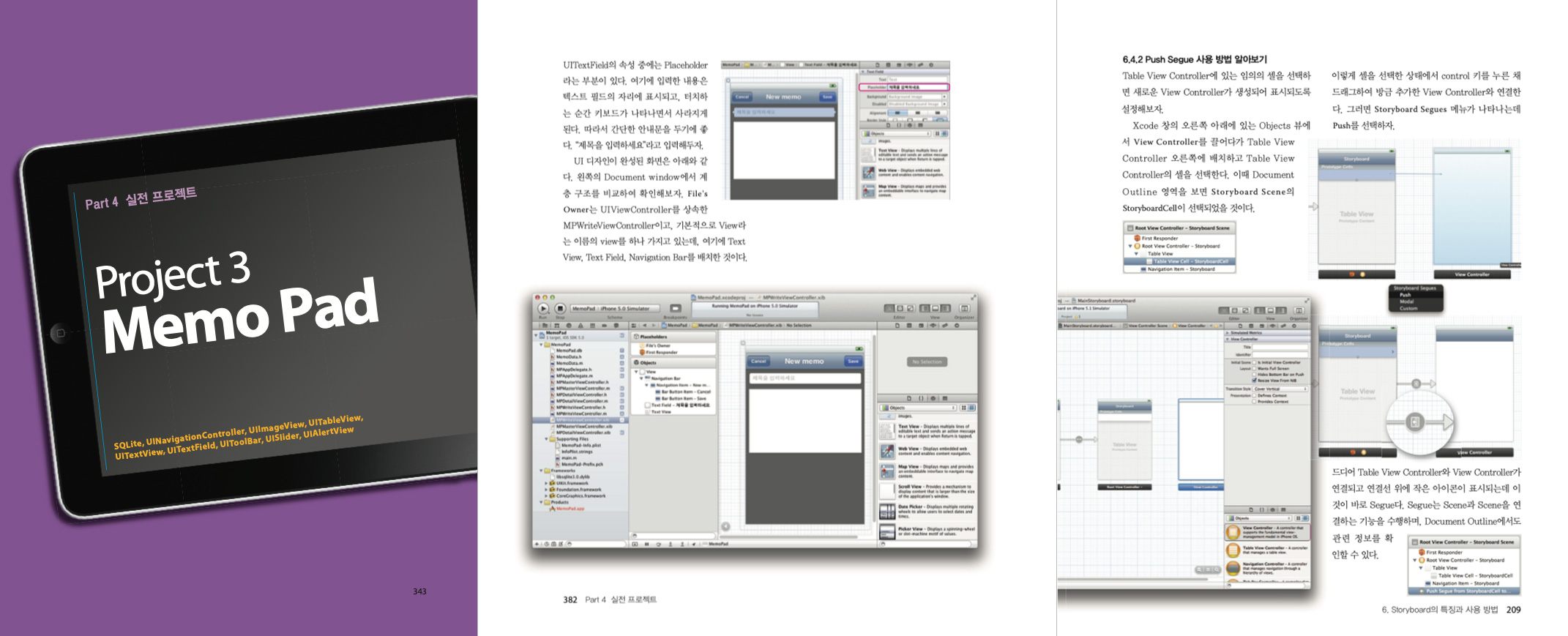
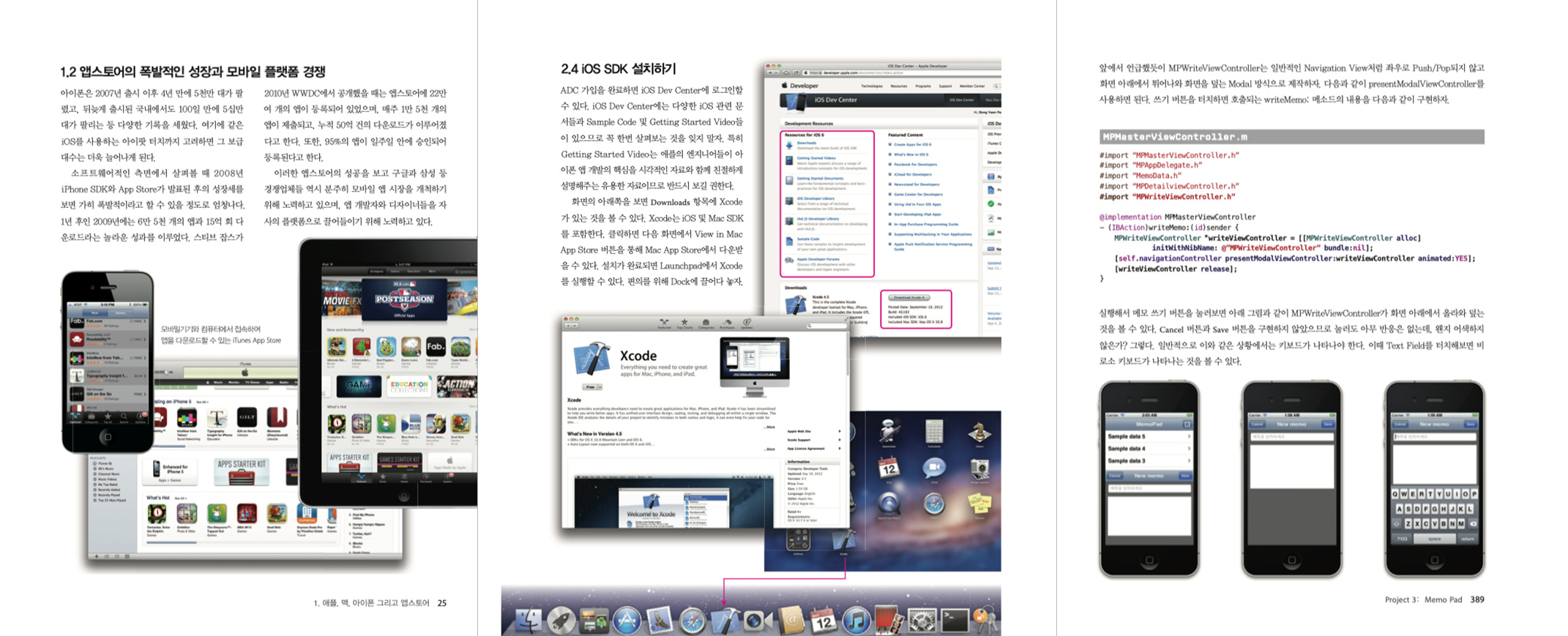
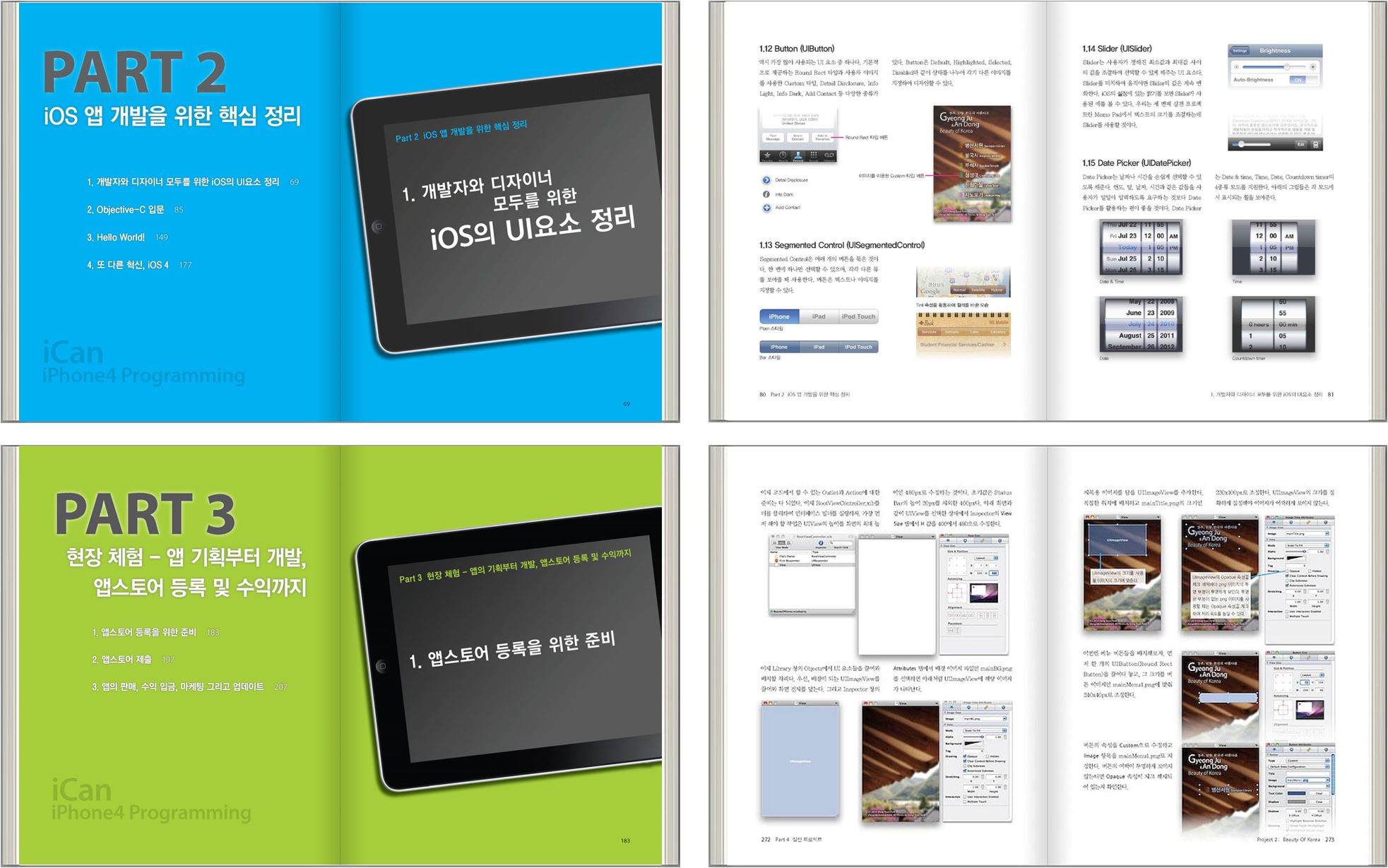
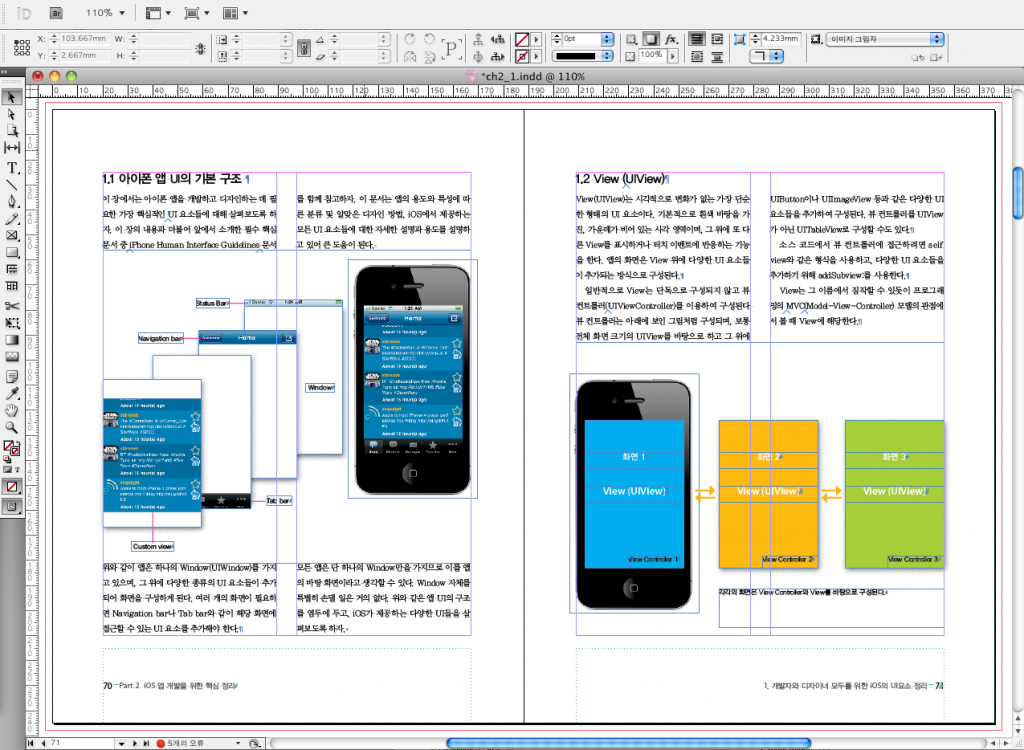
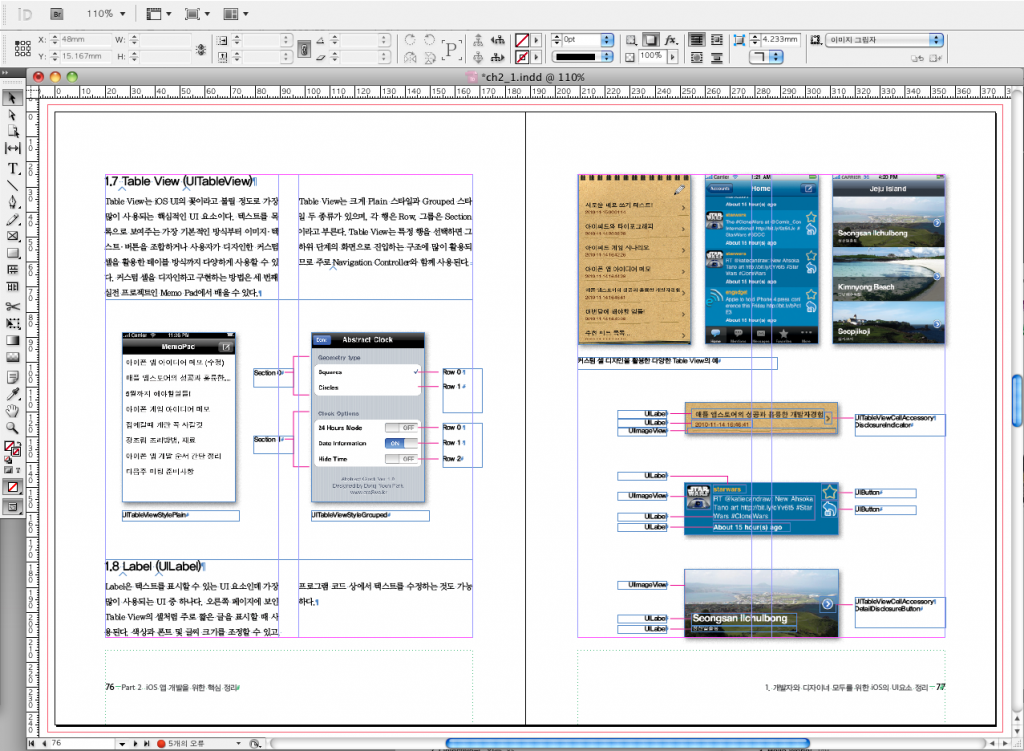
도전! 아이폰 프로그래밍 (2012) | 도전! 아이폰4 프로그래밍 (2011)
Typography Insight
Driven by my strong passion for typography, mobile apps, and user experience, I designed and developed Typography Insight as my MFA thesis project. I presented the project at AIGA/NY, and it was featured by Fast Company, The Atlantic, and Gizmodo. In 2011, it ranked 2nd in the Education category of the US App Store and was featured multiple times on the iTunes App Store across various countries.
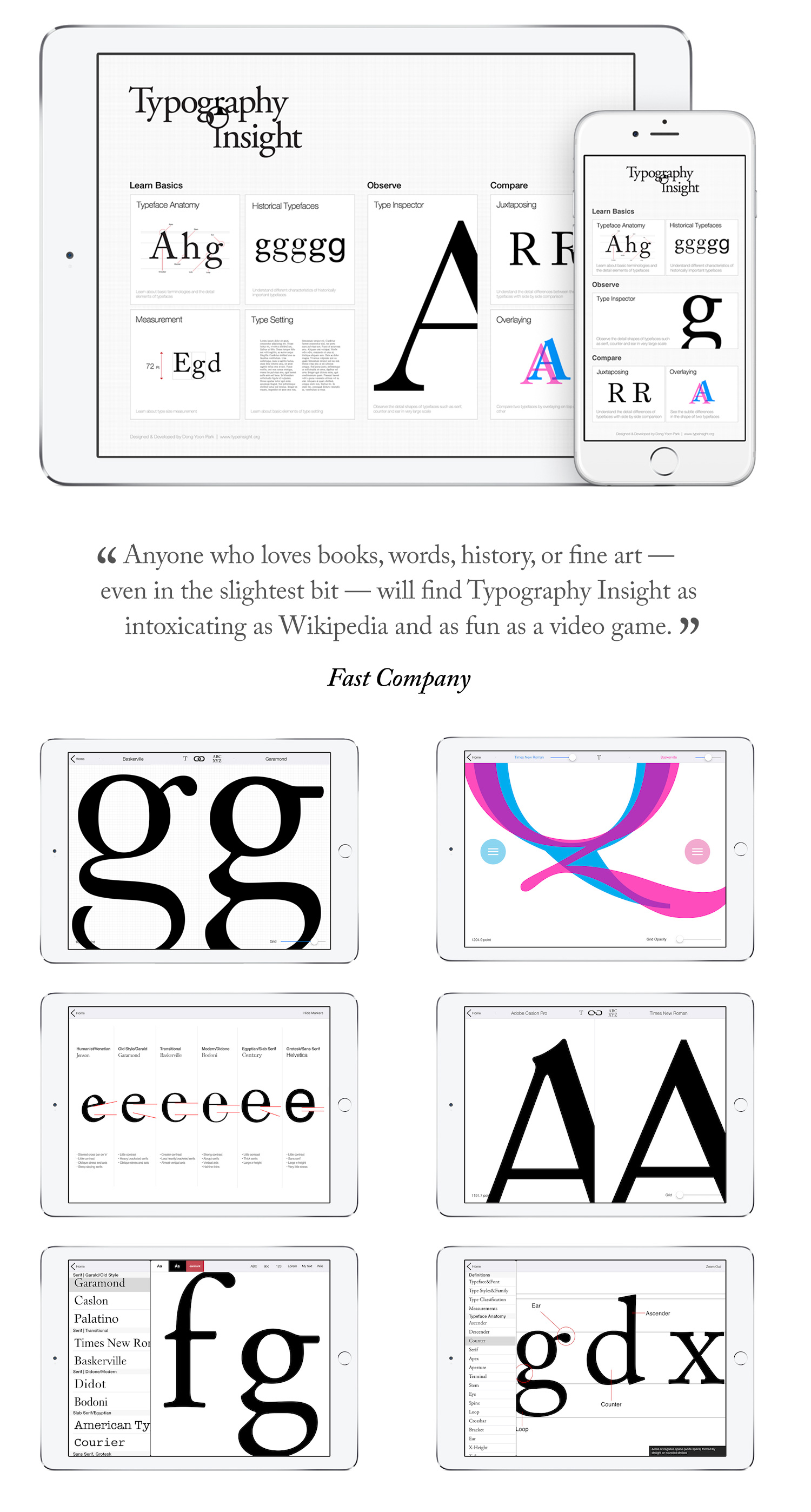
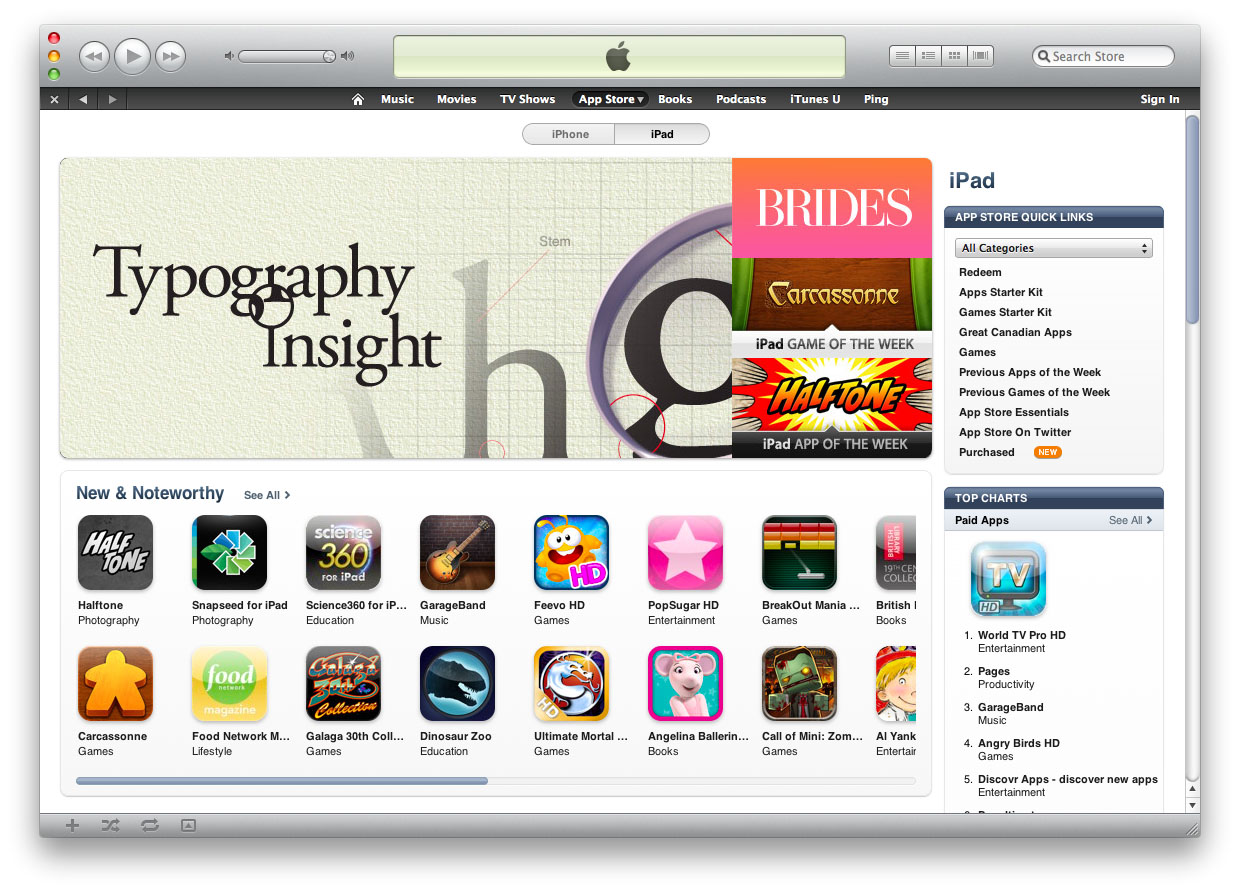


Continuing my journey as a designer at Microsoft
Designing Bing/MSN apps for Windows
As a designer with an engineering and development background, I was able to convince development teams to grant our designers access to the code repository. This collaboration allowed us to achieve pixel-perfect designs by working directly on the front-end code. I greatly enjoyed working alongside engineering partners to solve problems and create exceptional user experiences. This design-engineering collaboration became so effective that it was later shared with the broader team as a best practice. As a result, the role of Design Integration was created and established within the organization.
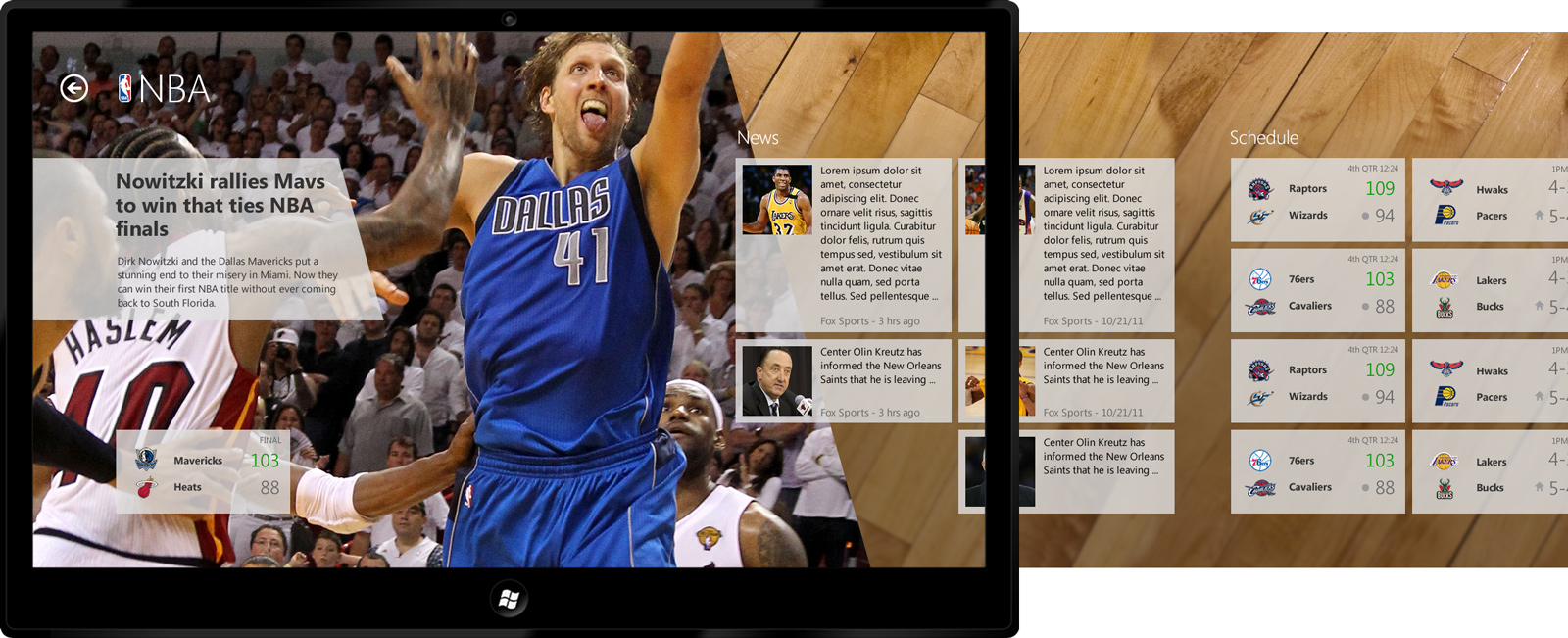
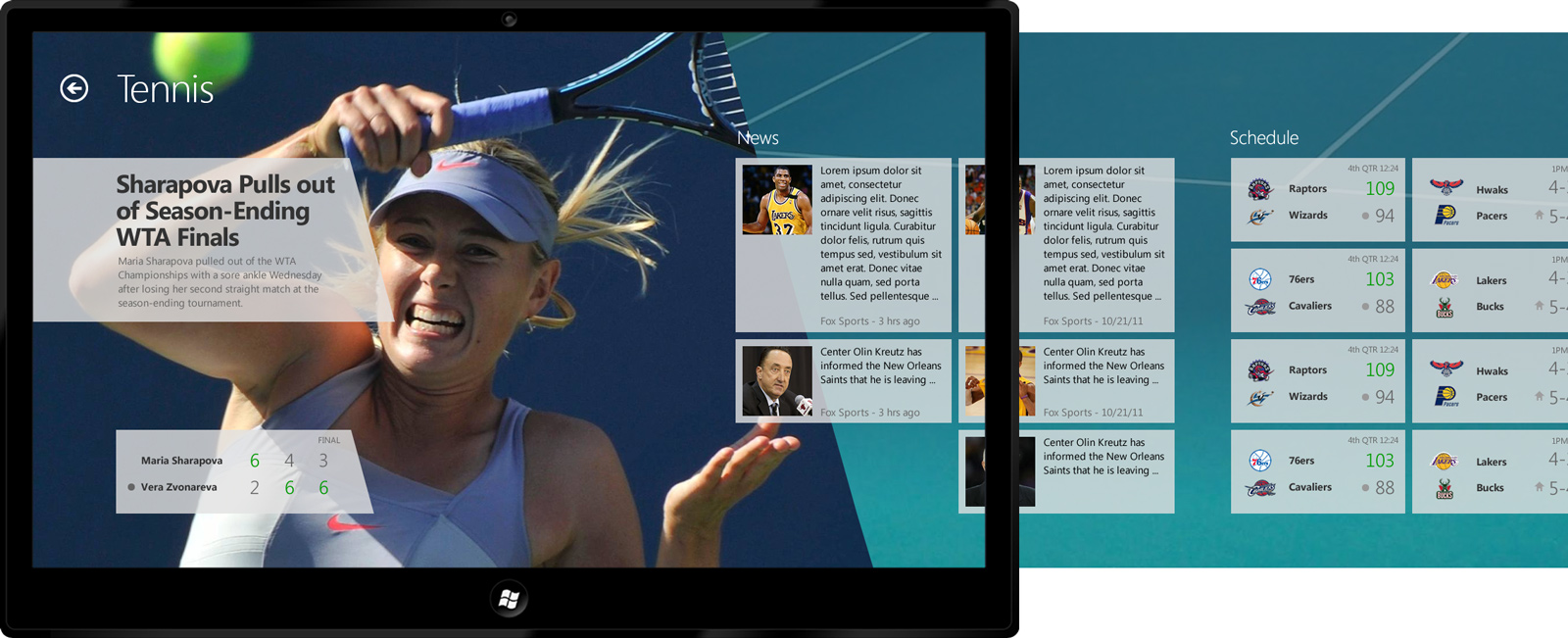
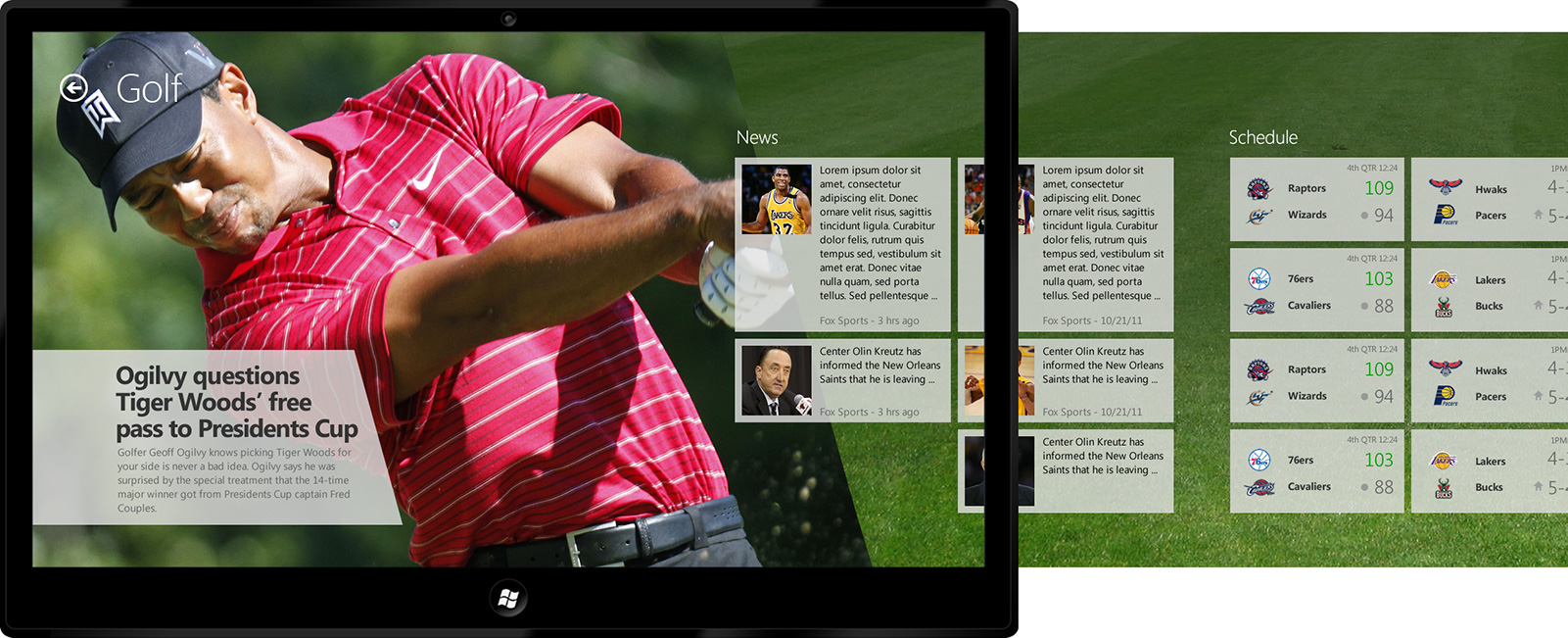
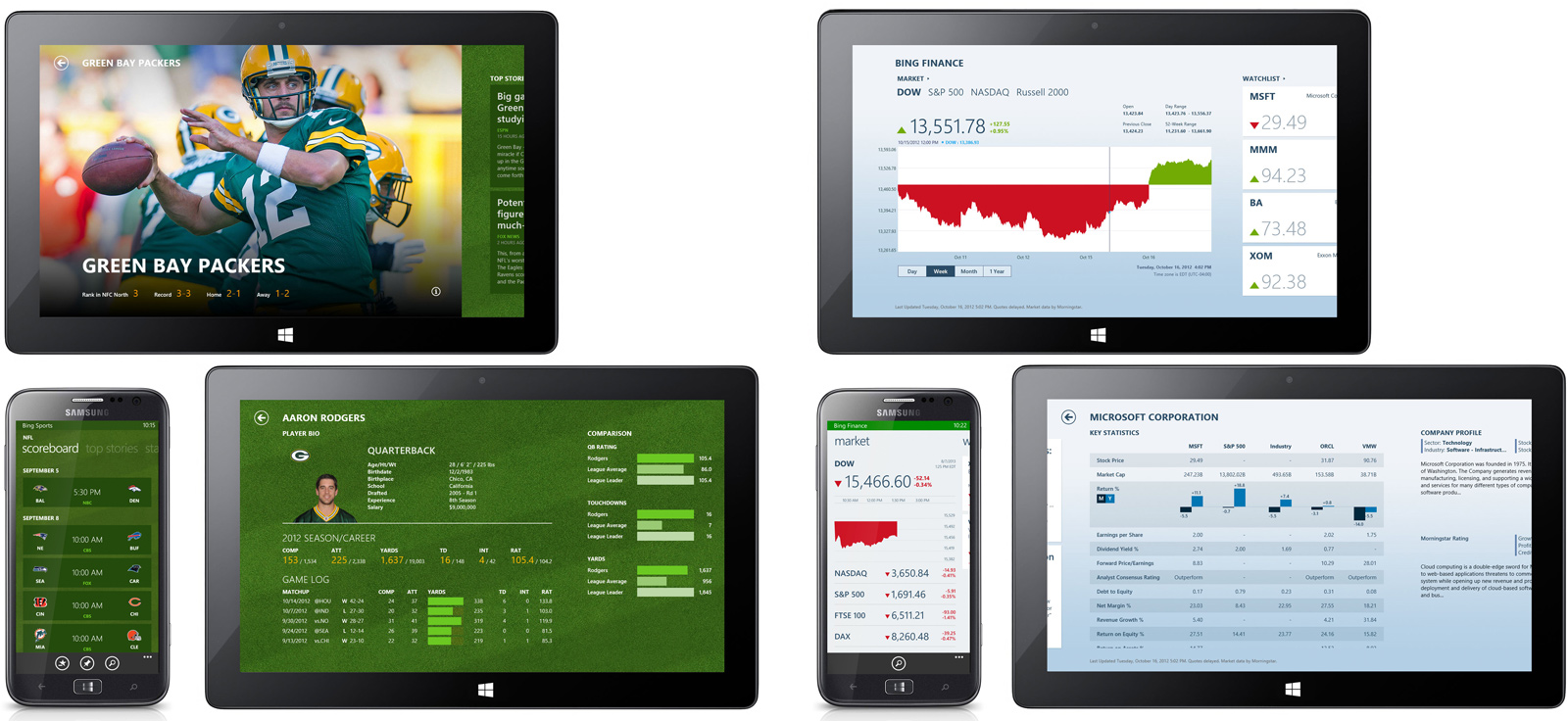
My app design work as a UX designer began with Windows 8 and continued through Windows Phone 8, iOS, Android, Web, and Windows 10. As I was promoted to senior designer, my focus gradually shifted toward broader, horizontal roles, including Common UX, Framework, Design Consistency, and Information Architecture (IA).
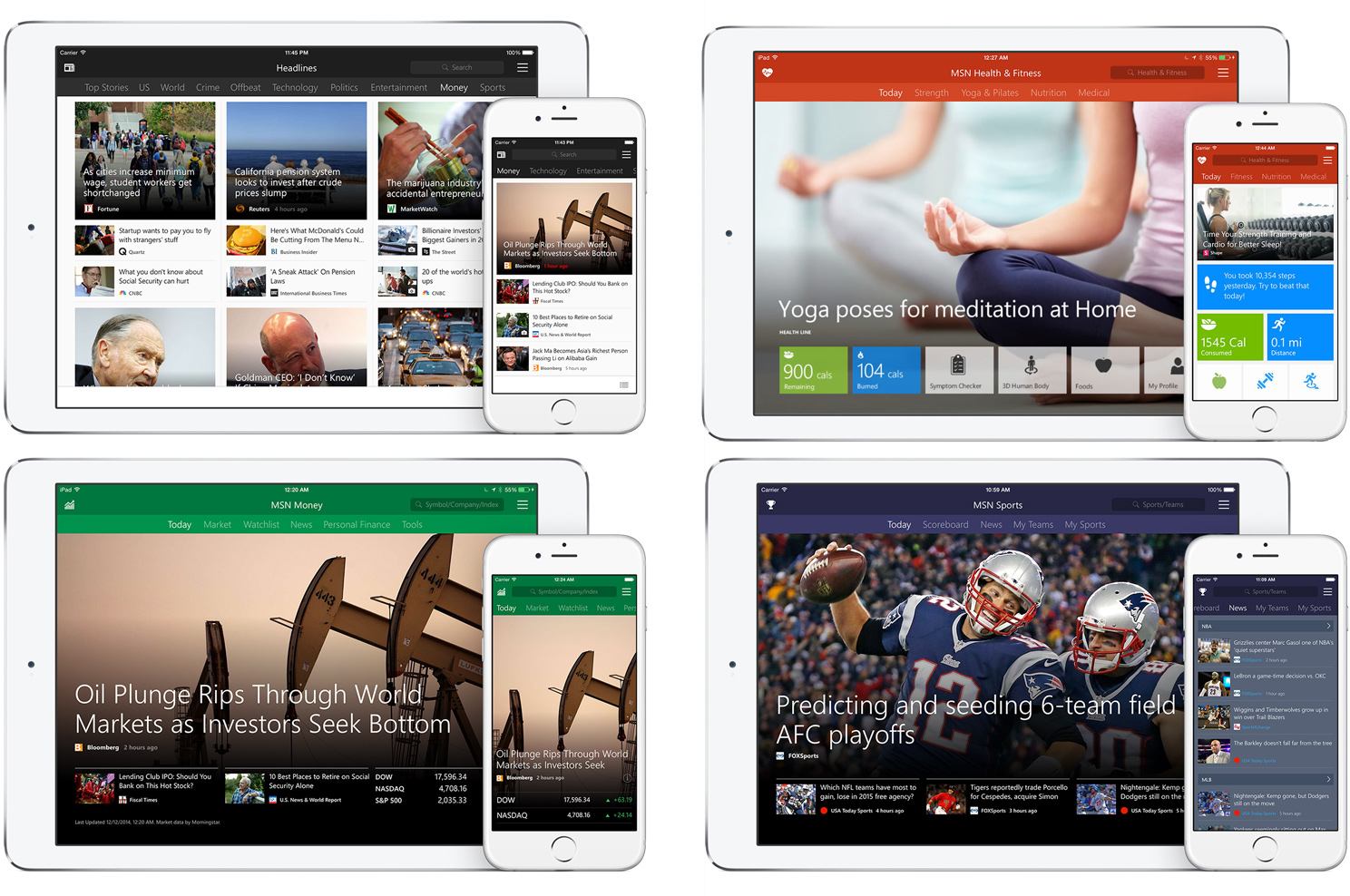
Continuing personal projects
Alongside my professional work, I continued developing personal projects to explore evolving platforms and technologies. For Typography Insight, I added Retina display support and introduced new features such as kerning practice. With the release of the Adobe Creative Cloud SDK, I integrated Adobe Typekit into the app.
These personal projects allowed me to keep learning and stay up to date with the latest technology and UX developments, which in turn helped enhance my work at Microsoft. This continuous growth created a strong synergy between my personal and professional endeavors.
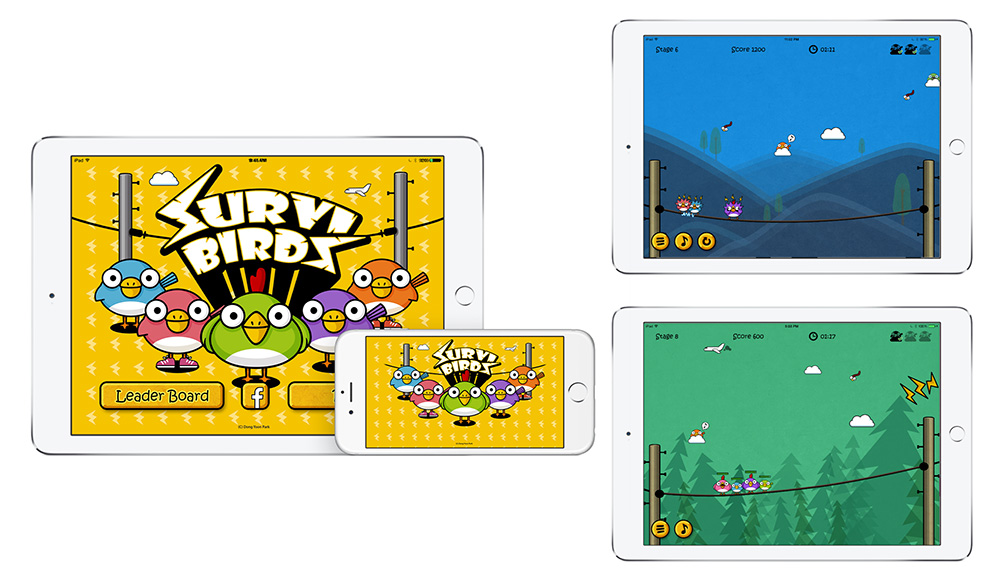
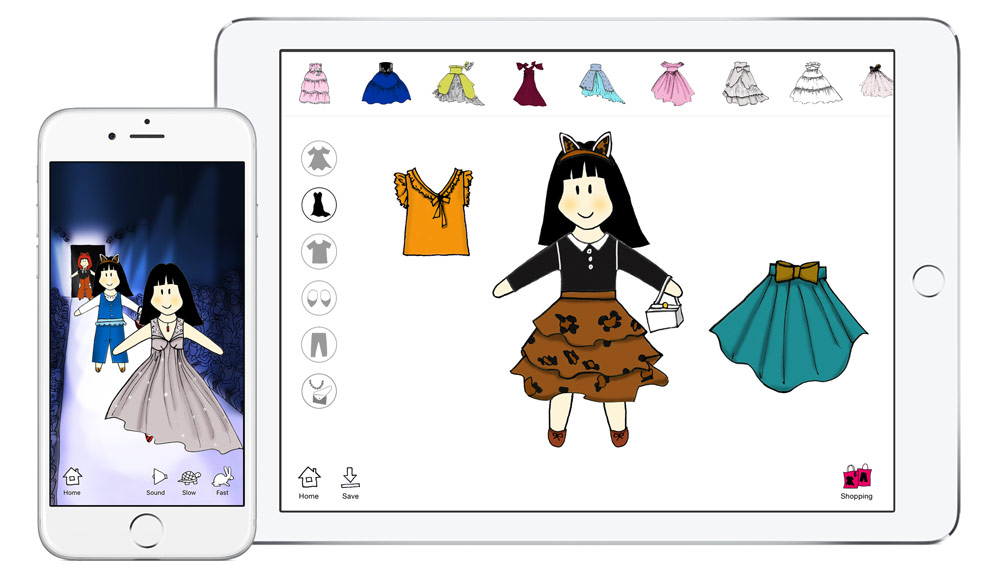
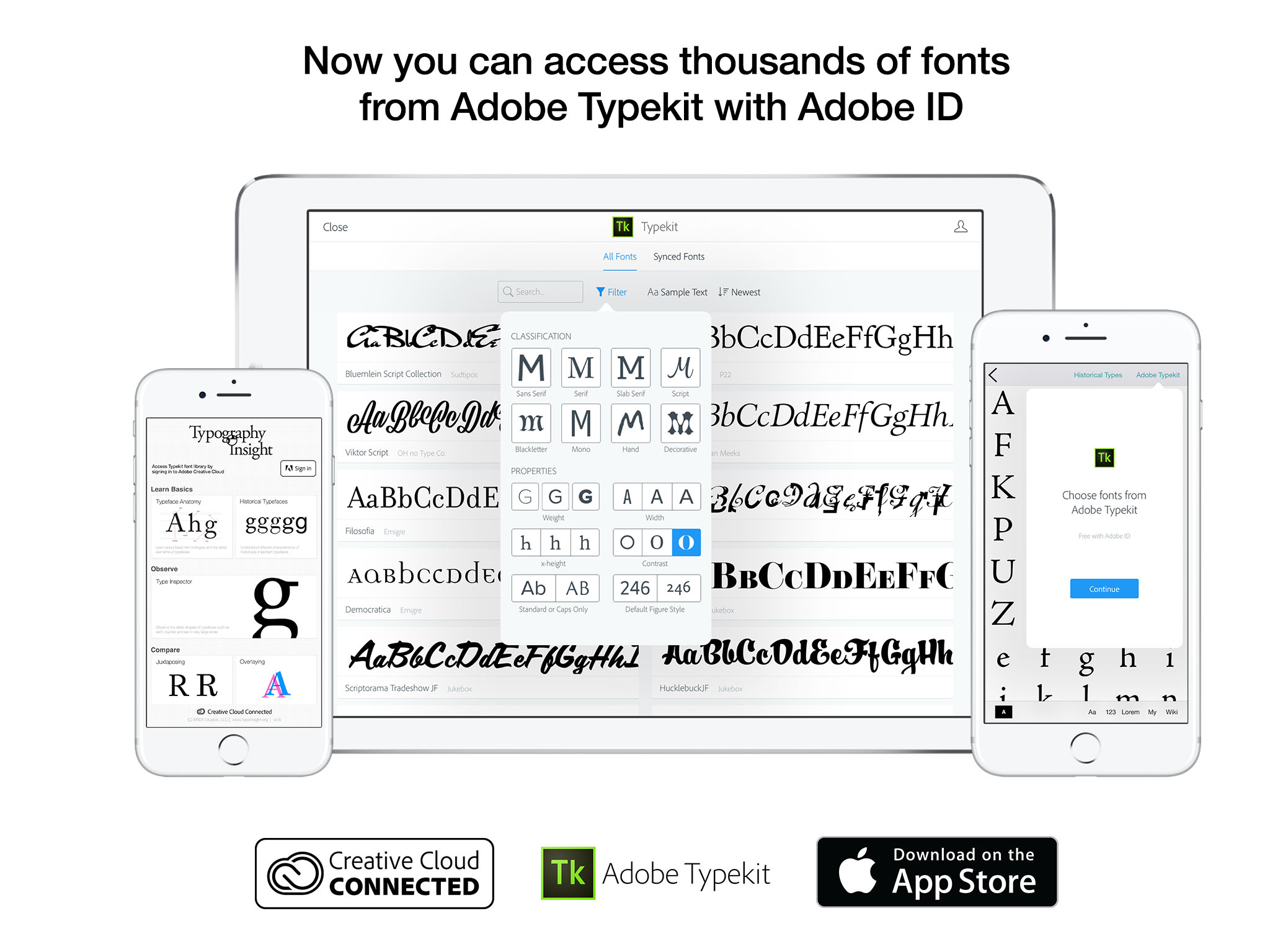
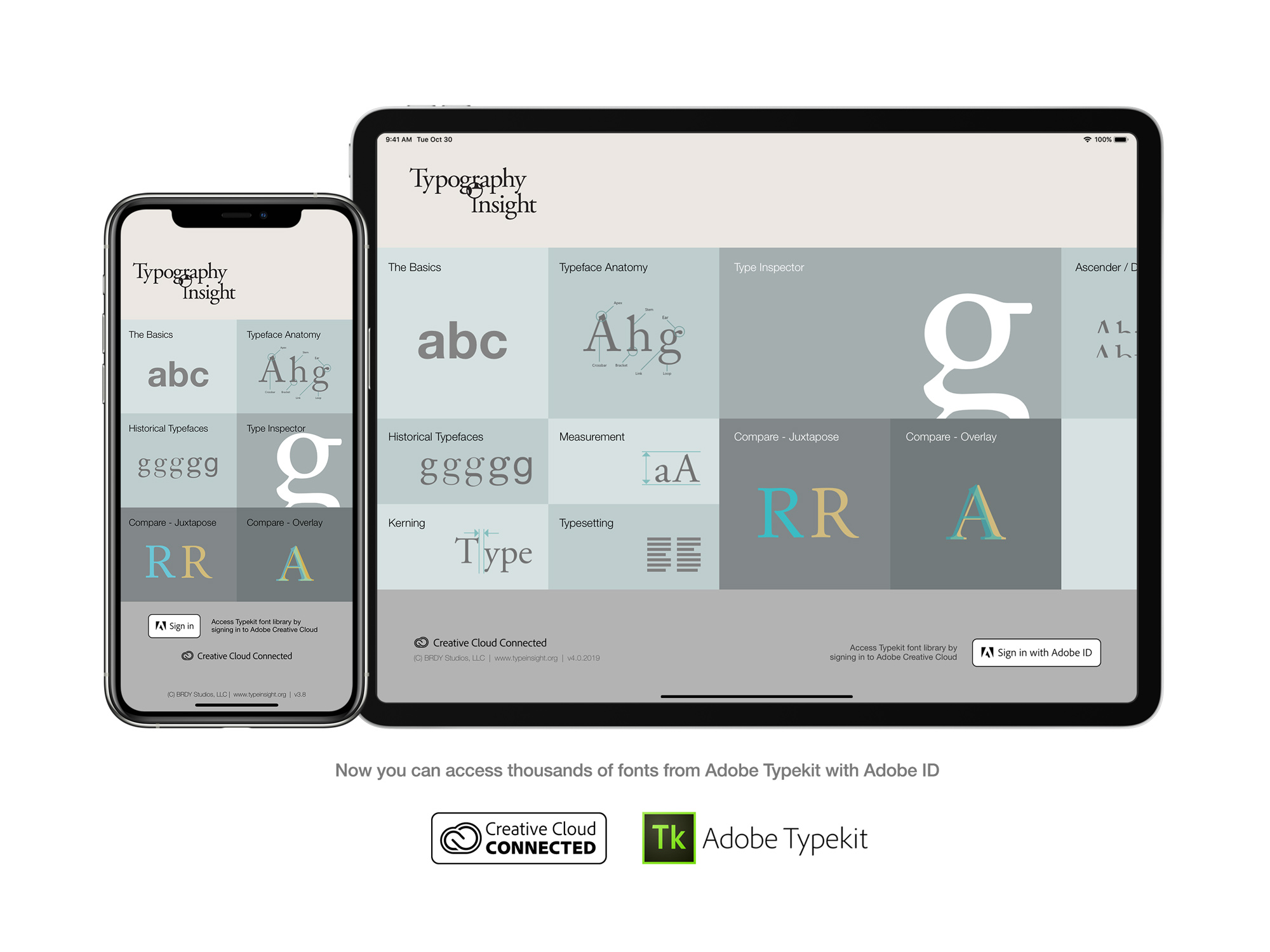
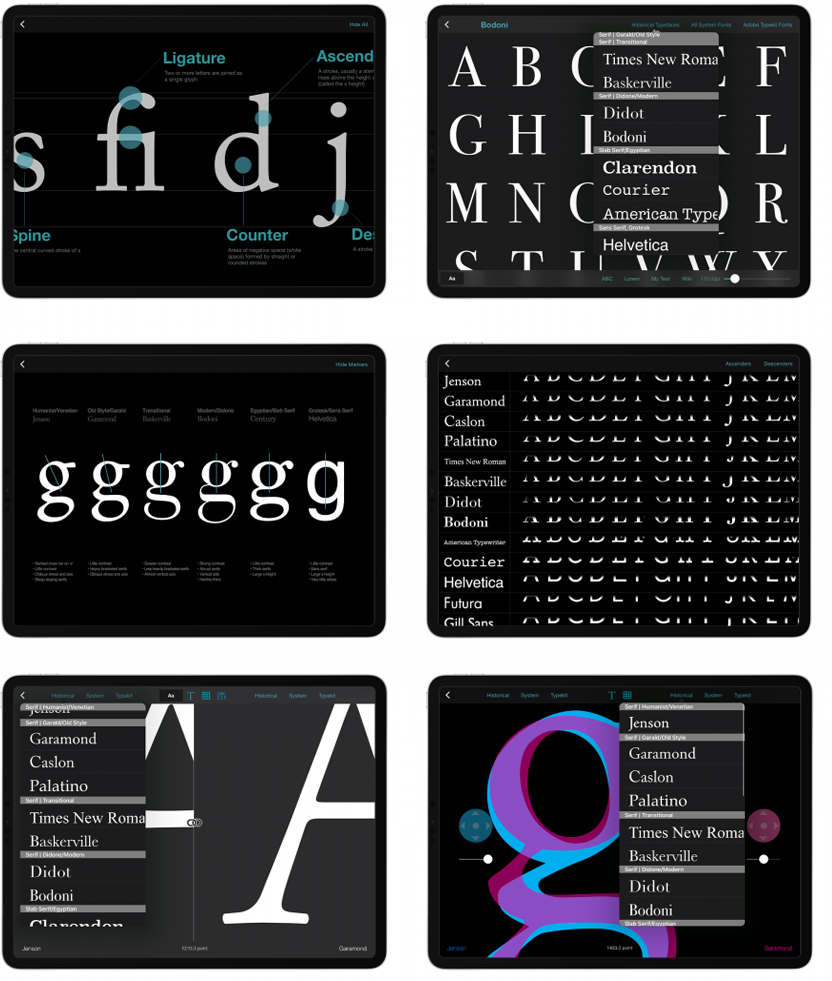
Developer Experience Design – Synergy between my two different backgrounds in design and engineering
As a designer with a developer background, I have always been passionate about bridging the gap between design and engineering. Having experienced firsthand the importance of UX in software development, I wanted to find a way to contribute to improving the developer experience at Microsoft.
Windows Bridge for iOS
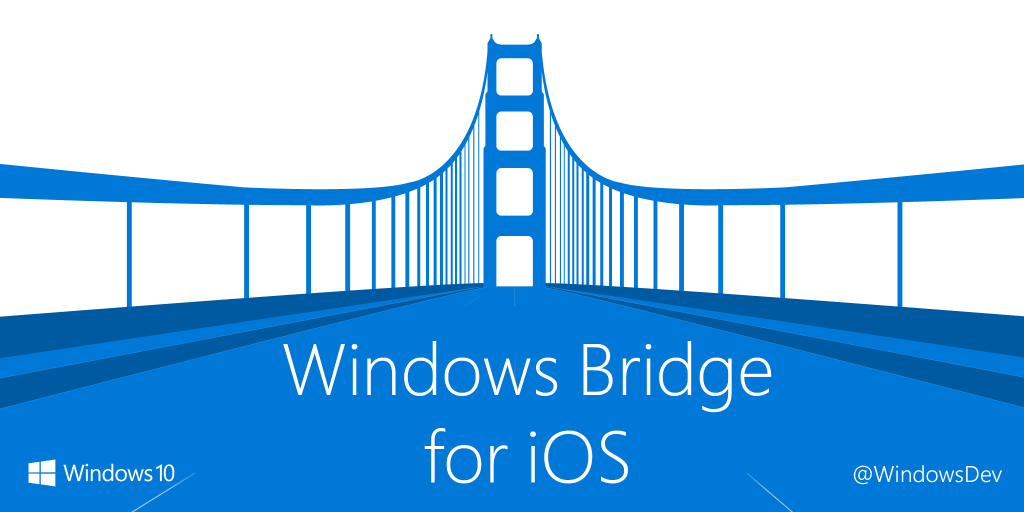
Windows Bridge for iOS is an open-source project by Microsoft that enables iOS developers to bring their apps to Windows using their existing Objective-C codebase. I realized that I was the target user for this project—an iOS developer looking to bring apps to Windows. Having experienced the entire app design and development process, I saw this as a great opportunity to leverage my experience as both a designer and a developer. To contribute to this project, I joined the Developer Experience Design team in the Windows and Devices Group.
Starting in October 2015, I led the design effort for Windows Bridge for iOS. My focus on the project was to find the best ways to translate iOS controls and patterns to Windows seamlessly, ensuring an optimal Windows user experience.
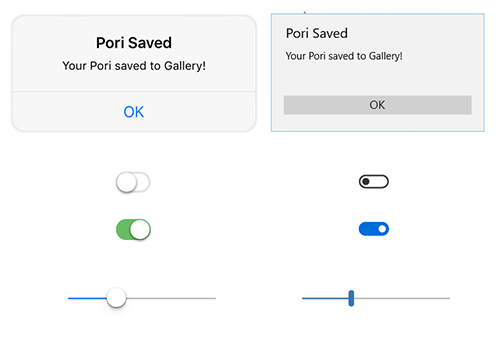
Personally, I was able to bring my apps to Windows using this solution—Pori Fashion Show and Typography Insight. Both apps were successfully converted into Universal Windows Platform (UWP) apps, running on Windows 10 devices. They were showcased at Microsoft’s Build 2016 Developer Conference as example apps for Windows Bridge for iOS. To share my journey with Windows Bridge for iOS, I wrote a blog post series on building apps for Windows.
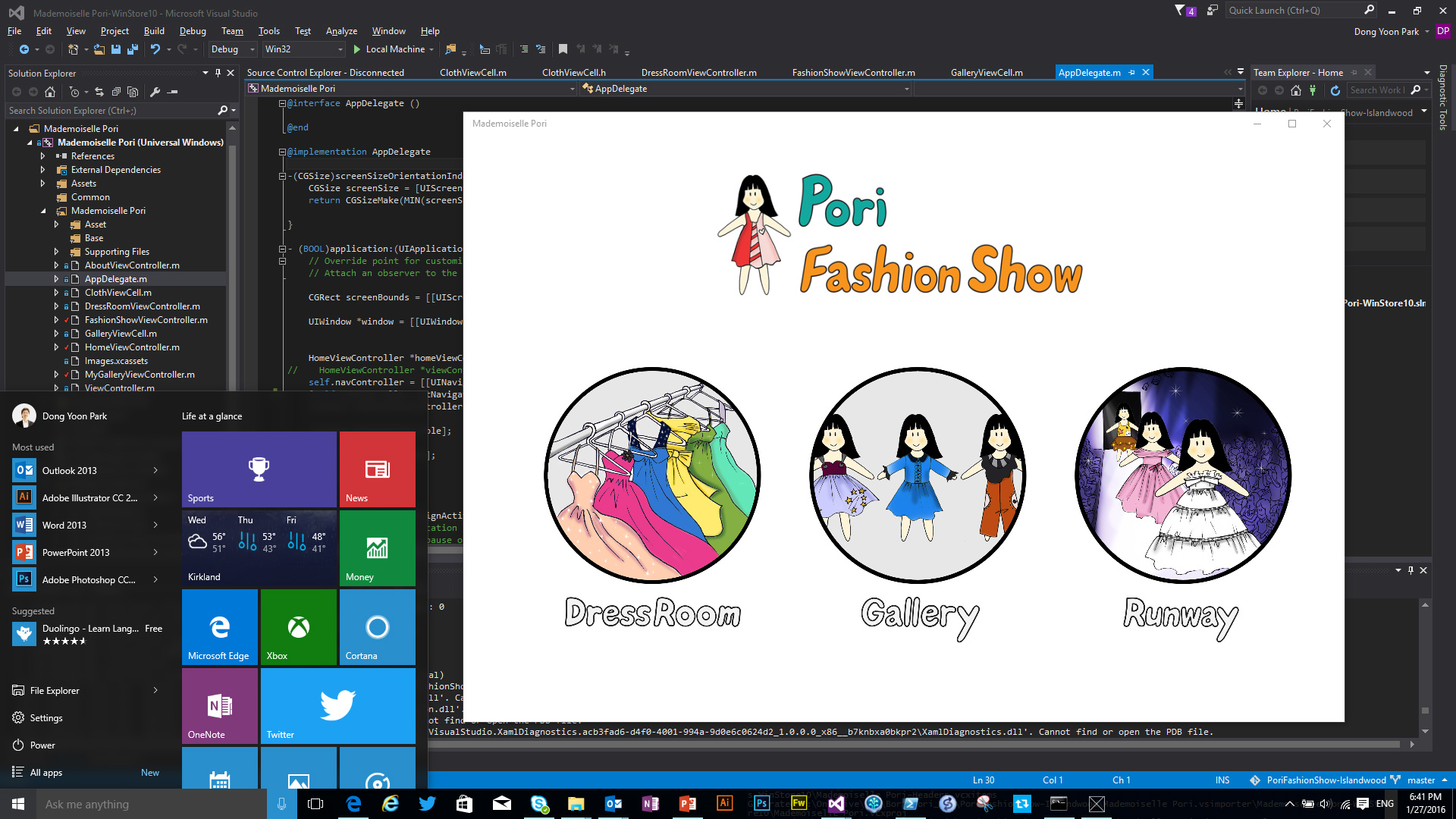
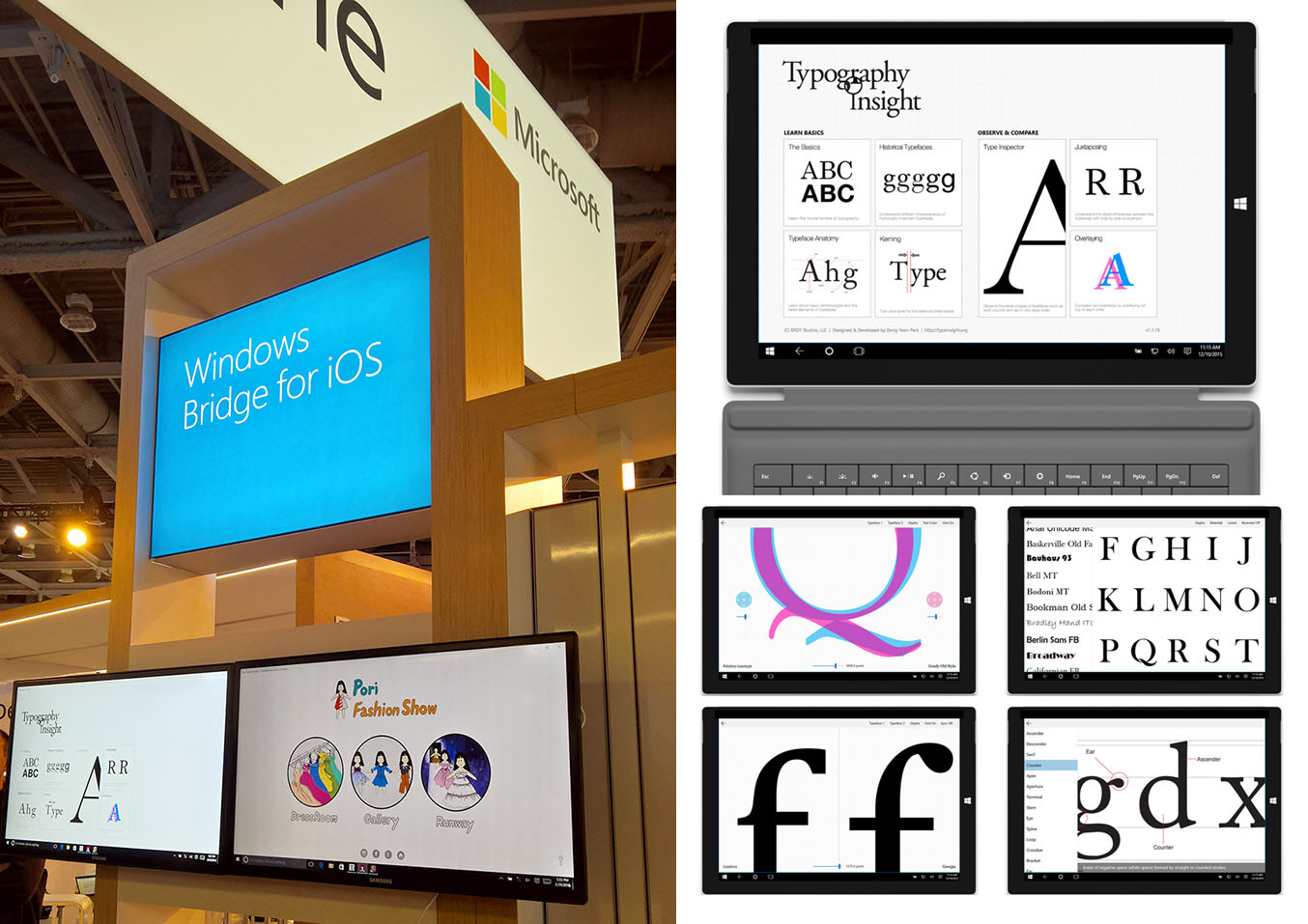
Design Journey in Spatial Computing with HoloLens
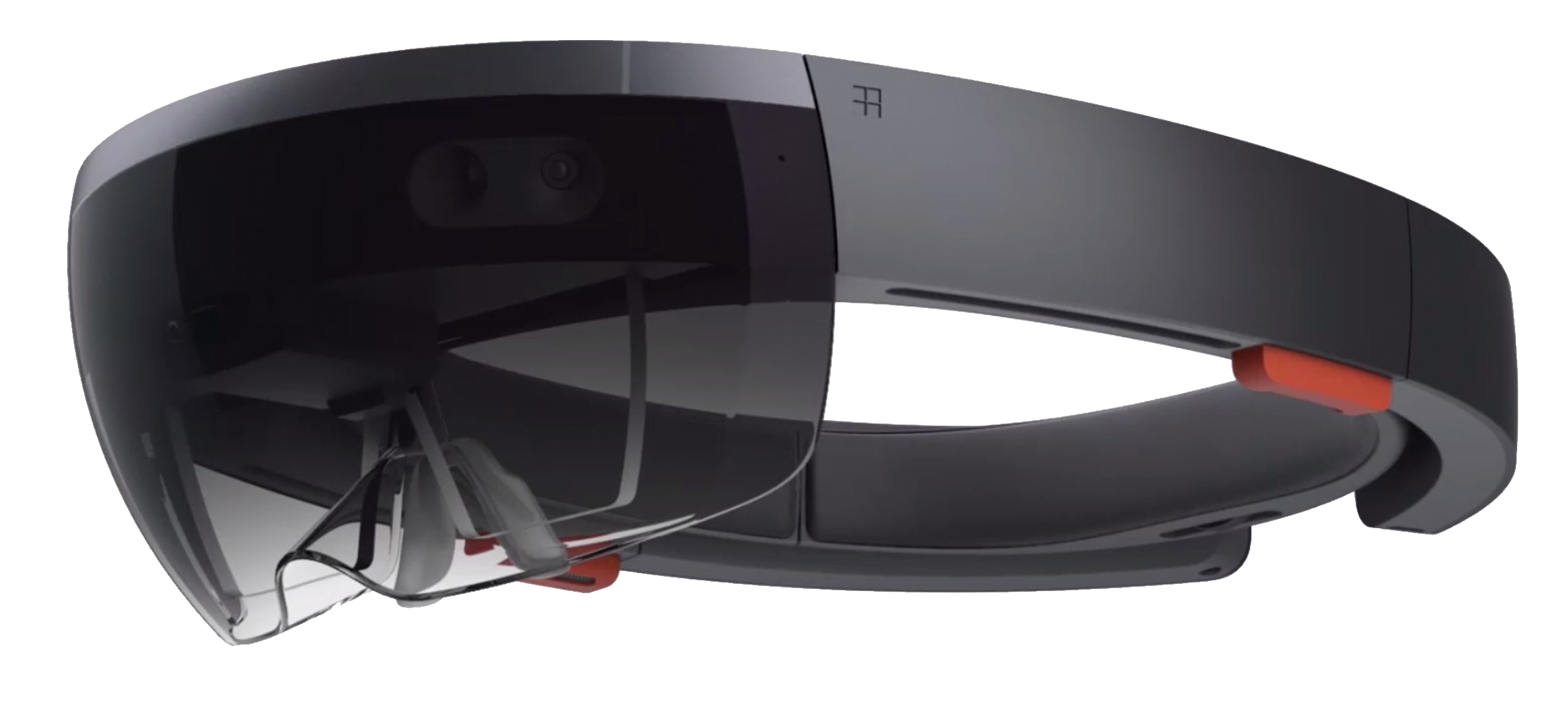
My journey as a UX designer at Microsoft has taken me to HoloLens and Mixed Reality. Since 2016, I have focused on enhancing developer experiences for Mixed Reality. Drawing from my personal app design and development experiences in Mixed Reality, as well as collaborating with various industry partners, I have led the UX design effort to extract key spatial interactions and UI patterns, turning them into open-source components. These efforts culminated in the UX components of the Mixed Reality Toolkit (MRTK), Microsoft’s open-source mixed reality toolkit, which has become one of the most widely used and well-received toolkits in the AR/VR/MR/XR industry.
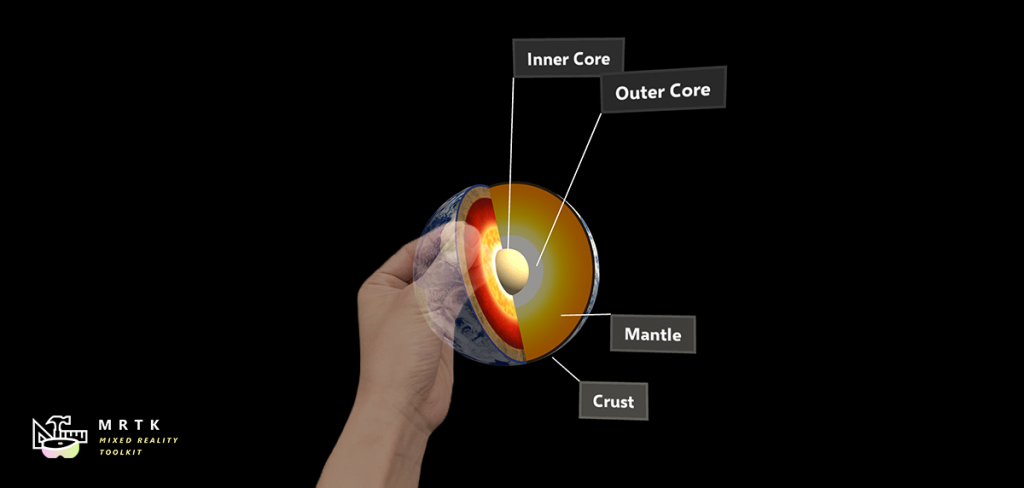
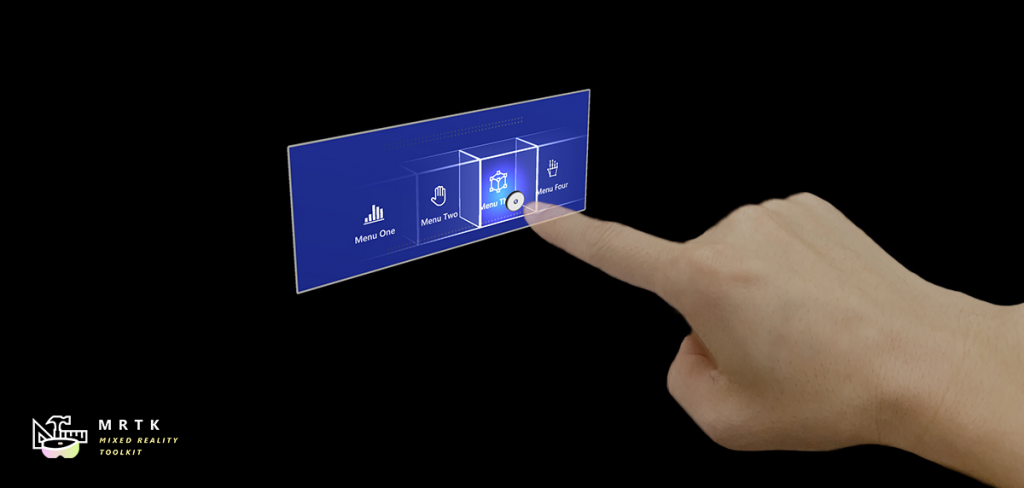
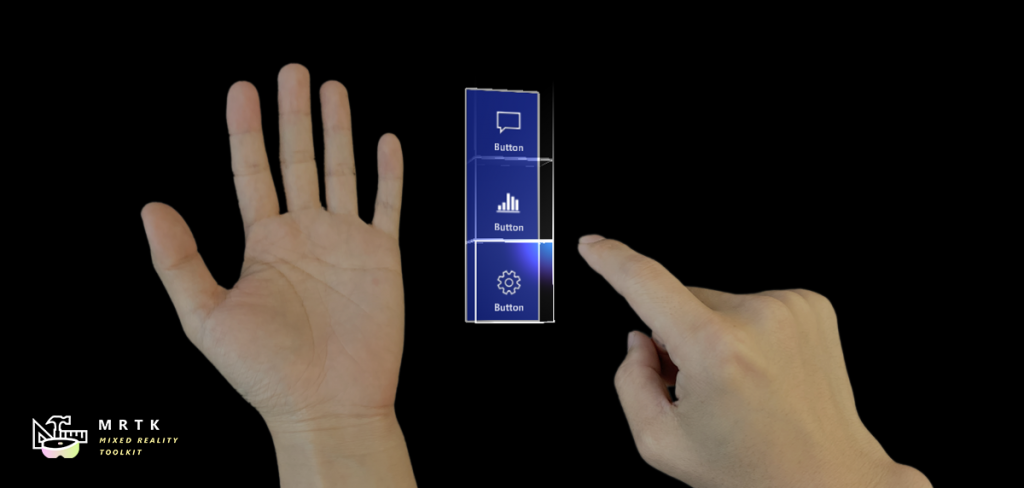
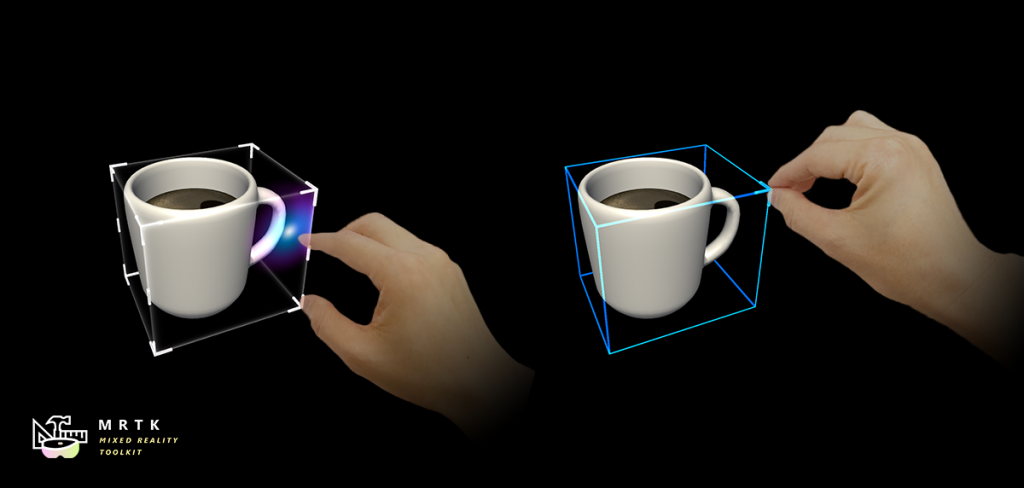
In addition to MRTK, I have published several experimental sample apps created using its components. My other focus areas include developing design and development guidelines, as well as providing design consulting for partner companies. I actively share my experiences and insights on mixed reality design and development at conferences and meetups.
As in other platforms and mediums, I have been working on personal projects that explore typography in mixed reality space. You can find my stories on HoloLens app design & development on my blog Mixed Reality Now.
